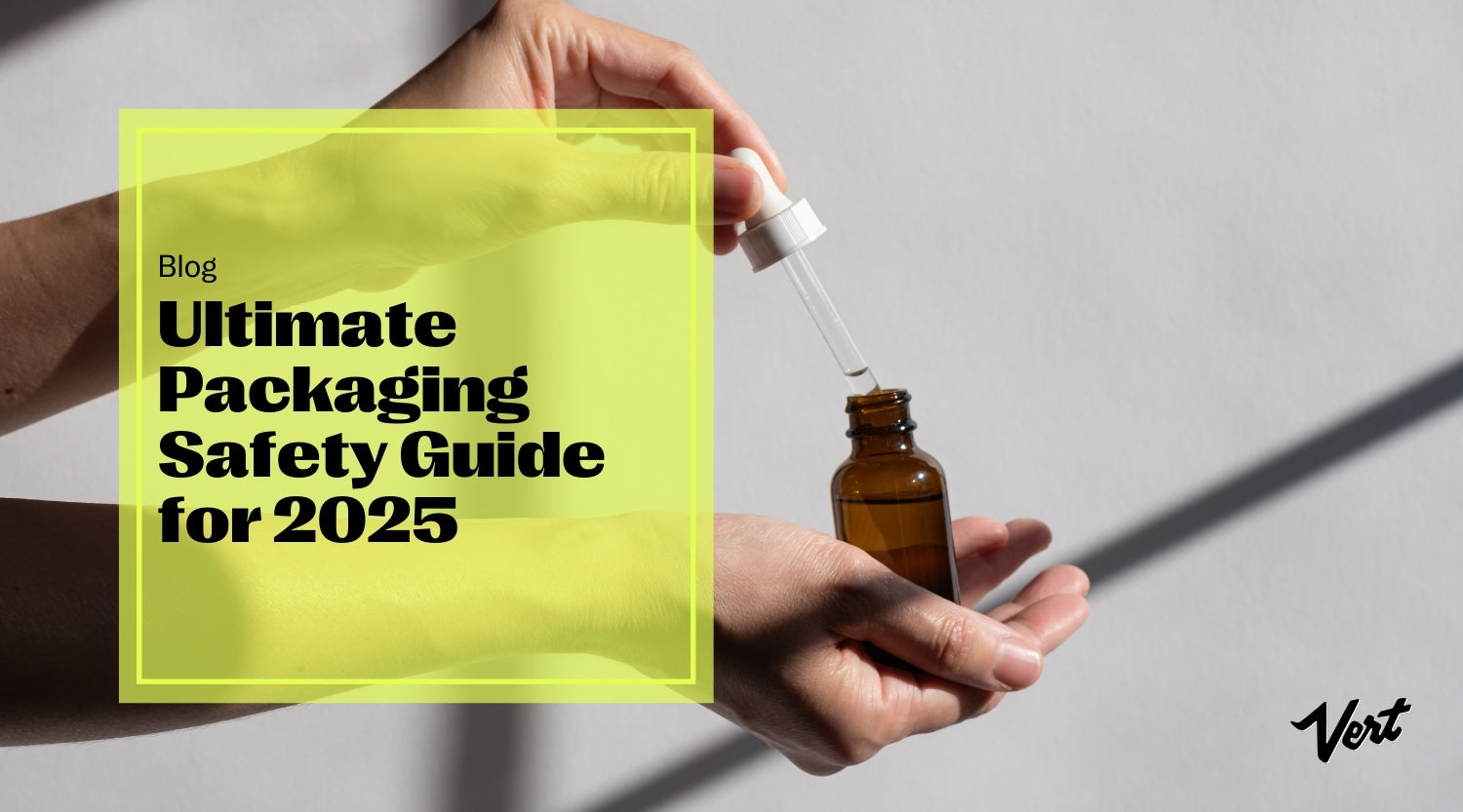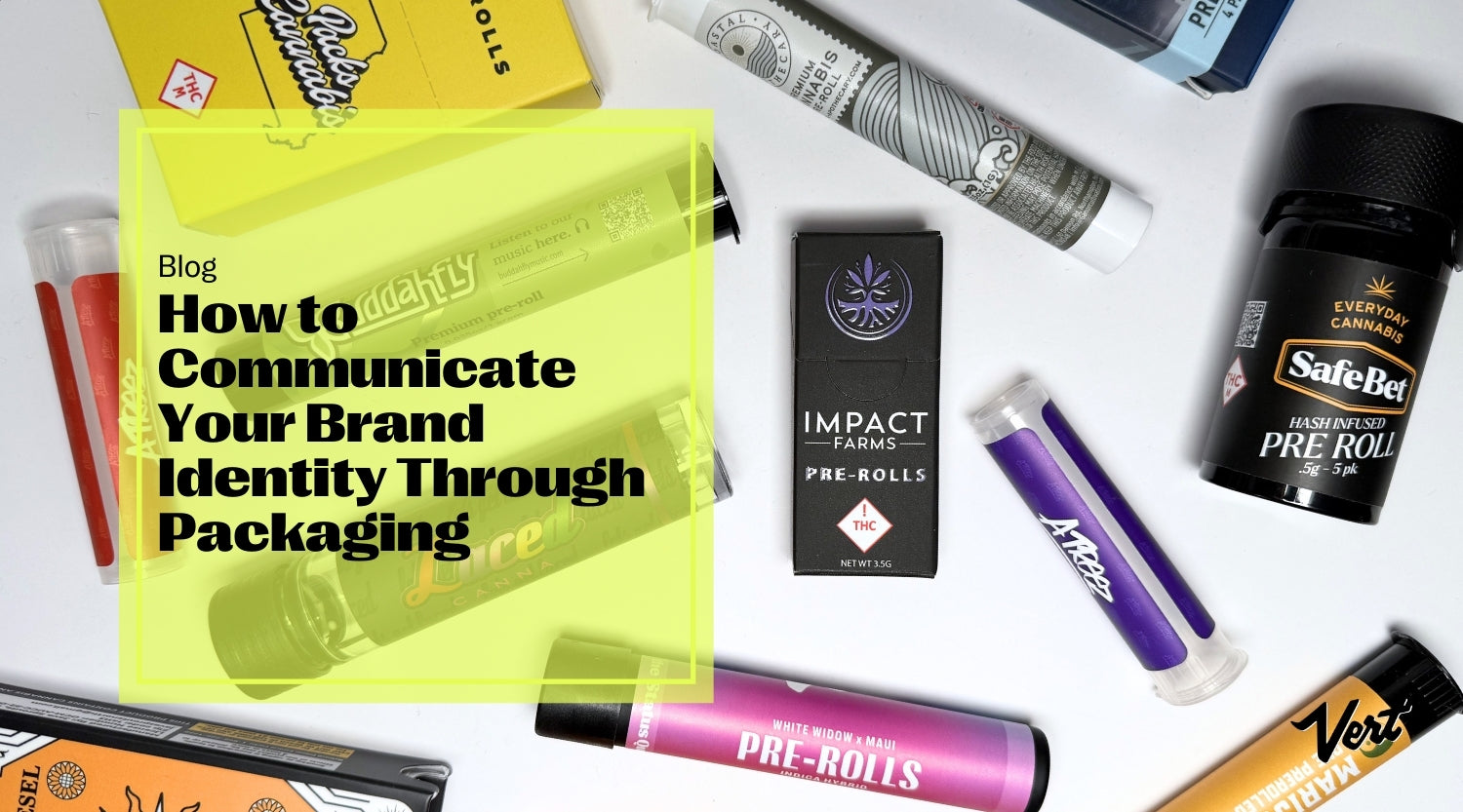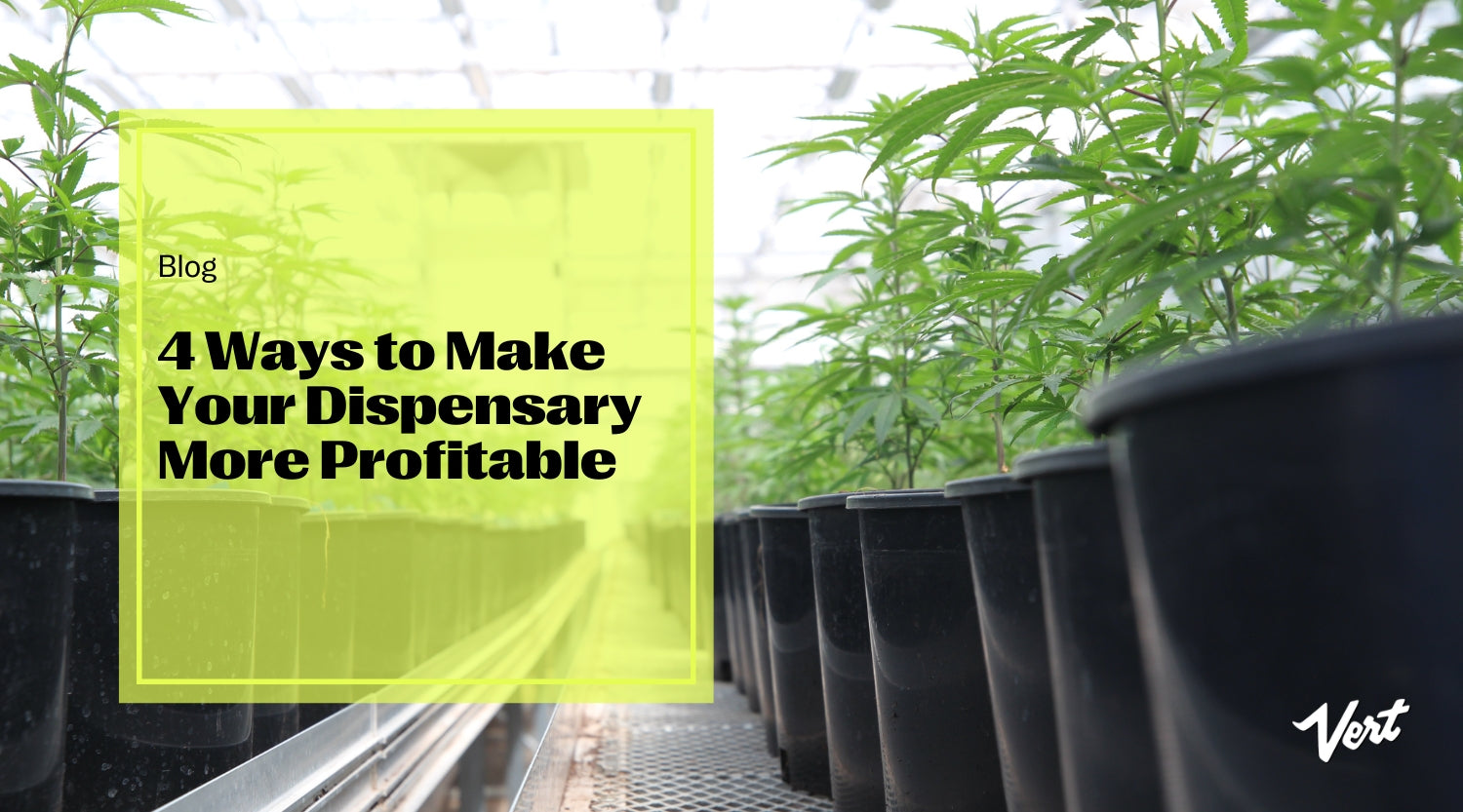Packaging safety involves several elements that range from compliance with evolving safety standards to material selection and the integration of innovative technologies, design, and protective features.
Packaging is key to safeguarding the well-being of children, consumers, patients, and workers along the supply chain. Designing safe and reliable packaging is essential for building trust in your brand.
Table of Contents:
The Importance of Safe Packaging
Ensure Regulatory Compliance
1. Ensure Consumer Safety
2. Protect the Product
3. Protect Your Brand's Reputation
The Regulatory Landscape Overseeing Packaging
Regulatory Bodies in the United States
Drug Packaging
Environmental Impact of Plastic Packaging
Material Selection
Design and Testing
Supply Chain and Distribution
The Importance of Adequate Supply Chain Training
Technology and Innovation
Collaborate with Packaging Experts for Safety and Compliance
The Importance of Safe Packaging
Safety and compliance are absolute priorities when designing your brand's packaging. Your packaging must safeguard the consumer from any potential hazards while ensuring regulatory compliance with state- and federally-mandated packaging requirements.
This includes protecting children from accessing adult-intended products like tobacco, cannabis, and nutraceuticals. Compliance is made more complicated by the fact that requirements differ from state to state and are liable to change. Not to mention the lead times of getting compliant packaging approved and how that impacts your ramp to procuring packaging.
Staying on top of packaging safety requirements may seem complex. Especially if supply chain is a new thing you are learning on the job as an Operations or Inventory lead. Working with a professional packaging company that has experienced personnel with deep roots in packaging and a collaborative ethos can make the complex seem much easier.
Professionals like that understand both the regulations in your state and the lead times you need to produce packaging and labeling that meet all the relevant regulatory requirements. They are also savvy about macroeconomic events that impact your supply chain, like Chinese New Year, and how to work around these factors.
Safe packaging has the following benefits for the consumer, the product, and your brand:
1. Ensure Regulatory Compliance
Packaging must comply with a range of local and international regulations, including labeling and safety standards. Some states—including the State of Oregon—are also putting responsibility on companies to fund packaging recycling initiatives. Adhering to these standards and regulations protects your customers and helps to prevent fines and mitigate liability risks.
2. Ensure Consumer Safety
Some products like chemicals, medicines, household cleaning products, and some consumables require protective packaging to safeguard children.
Companies must be aware of federally and state-mandated child-resistant packaging requirements for applicable products.
3. Protect the Product
Well-designed packaging will keep your product safe from the moment it's packed right up until it's used by the consumer.
Your brand is responsible for two types of packaging: primary and secondary packaging. The design of both these packaging elements must protect your product and your customers.

Well-executed packaging will:
- Protect your product from physical damage: Safe packaging prevents products from being damaged during transportation and storage. This is particularly important for safety if the product is made from glass, ceramic, or another material that could injure the customer if broken.
- Protect against environmental factors: Your packaging should safeguard products from factors like moisture, temperature extremes, and pests. This is a must for packaging perishables (including food, beverages, spices, aromatic herbs, and cannabis flower) as it maintains food safety and hygiene.
4. Protect Your Brand’s Reputation
Your packaging is often the first interaction prospective customers have with your product and your brand. Safe and well-packaged products reflect positively on your brand's reputation.
The reverse is also true. As just one example, Health Canada recalled the refillable vape Irex Magic 25000 puffs because it didn’t meet the applicable child-resistance requirements. This kind of media coverage reflects negatively on a brand, causing PR damage in addition to the financial losses from the product recall itself.
The Regulatory Landscape Overseeing Packaging
The packaging industry is subject to a large number of regulations that are constantly evolving. Compliance with these standards is a must for consumer products, food and beverages, and pharmaceuticals.
Regulations are put in place and then updated to guarantee the end-user's safety. They encompass many different aspects of packaging including materials, design, labeling, and transport. Companies have a responsibility to ensure compliance along the entire supply chain.
Regulatory Bodies in the United States
Various regulatory bodies oversee packaging laws in the United States to ensure that packaging doesn't pose a threat to consumers.
- The Food and Drug Administration (FDA)regulates food contact materials (materials that have direct contact with food or beverages). The FDA seeks to ensure that packaging materials don't transfer potentially harmful chemicals to the foods or beverages they contain. The FDA also requires that foods are properly labeled with important allergen and nutrition information.
- Pharmaceuticals and medical devices are subject to some of the most stringent packaging requirements. This type of product must comply with Good Manufacturing Practices (GMP) and standards like ISO 11607 for sterile packaging. They must also come in tamper-evident packaging and take anti-counterfeiting measures to prevent product adulteration and ensure patient safety.
- The Consumer Product Safety Act—which created the Consumer Product Safety Commission (CPSC)—mandates child-resistant packaging for certain products to prevent accidental ingestion.
Drug Packaging
Drugs—including OTC medication, cannabis products, and nutraceuticals—must be packaged carefully to avoid contamination from environmental factors like air and moisture, chemicals, and other contaminants.
The packaging material mustn't interact chemically with the drugs inside and must guarantee that the contents remain intact throughout the shipping, handling, and storage processes.

The FDA also requires drugs to have labels that clearly identify the product, its dosage, the expiry date, and other identifying information.
Some states require serialized numbering for all packaging as well for products like cannabis to keep a chain of custody as it relates to packaging in the event of a packaging recall. Federally, it is required to serialize packaging in the pharmaceutical industry.
When thinking about the future of the cannabis packaging landscape, national legalization could come with a requirement like that. Considering your processes and how they could potentially accommodate serializing packaging if you don’t already would be a wise thing to talk to your packaging supplier about.
Environmental Impact of Plastic Packaging
The National Environmental Policy Act (NEPA) requires manufacturers to evaluate the environmental impact of their packaging.
The NEPA stipulates that reasonable alternatives must be adopted wherever necessary to reduce the environmental impact caused by excessive packaging. Generally, manufacturers must justify the ecological impact of their packaging materials before production.
NEPA also oversees the safety requirements surrounding the use of recycled material for packaging. It requires manufacturers to take stringent measures to ensure recycling is carried out in a contaminant-free environment.
Any recycled plastic used for packaging must also be tested to check for any impurities before coming into direct contact with food or other perishable products.
Material Selection
Using the appropriate materials is key to packaging safety. For example, products that deteriorate or become unsafe when exposed to external factors like oxygen, moisture, and light should be packaged in materials with effective barrier properties.
Manufacturers must also be aware of products that can react dangerously when exposed to certain materials. For example, food containing acids or alkalis can react with certain plastics. Steps must therefore be taken to ensure that packaging materials don't result in chemical contamination.
New materials are always being developed to meet different demands, such as the need for sustainable packaging that also stands up to frequent handling and a range of climate conditions. Packaging teams must conduct thorough tests when evaluating the viability of newly developed materials to guarantee their safe use with specific products.
Design and Testing
Effective design is also a key part of packaging safety. Packaging must be designed with ease of use in mind, especially in the case of medications or medical devices.
Ergonomic, user-friendly designs help to prevent accidents and allow fast and convenient access.
Tamper-evident features are also vital for certain products, for example, pharmaceuticals.

Professional packaging designers are familiar with all the requirements regarding safe design. However, manufacturers must still test the packaging to ensure the product withstands real-world conditions.
Experts will advise on whether drop tests, compression tests, and/or environmental tests are most appropriate for gauging your packaging’s integrity and safety.
Supply Chain and Distribution
Guaranteeing packaging safety during supply chain and distribution processes is also crucial to ensuring the safe arrival of any product into consumers’ homes. Manufacturers must design their primary, secondary, and tertiary packaging to withstand temperature changes, vibrations, and impacts to prevent potentially unsafe and costly damage to the product.
The Importance of Adequate Supply Chain Training
Training at every point along the supply chain is vital to ensure the safety of consumer products even if they are contained within “safe” packaging. Handlers must be trained on the importance of storing certain goods in appropriate conditions to maintain their safety and quality. This is of utmost importance for pharmaceuticals and perishable items.
Regular training and guidelines must be provided to those handling these types of products. Mishandling can lead to safety hazards both for workers on the supply chain and consumers. Implementing robust track-and-trace systems is an effective way to identify and mitigate potential safety issues during distribution. This is also vital if any items need to be recalled.
Technology and Innovation
Technology and innovation have been instrumental in boosting packaging safety. Recent safety advances in packaging technology include:

- Improved tracking: Modern packaging solutions integrate sensors, QR codes, or RFID tags to provide real-time information about each product's origin, location, and condition. This enhances safety, traceability, and accountability.
- Technologies like holograms, security inks, and serialized barcodes are widely used to prevent counterfeit products from entering the market or fooling unsuspecting customers.
- Modified atmosphere packaging (MAP) techniques involve adjusting the gas composition inside the packaging. This helps to extend the shelf life of food products and other perishables like cannabis flower, therefore reducing the need for preservatives. The result is a more natural and wholesome product.
Collaborate with Packaging Experts for Safety and Compliance
Designing packaging for your brand is an exciting process. However, manufacturers must take into account much more than just the aesthetics of their packaging to ensure safety and compliance.
The best professionals in packaging design offer years of experience in creating safe and compliant packaging with a polished finish. Working with a packaging professional is your best bet for staying on top of industry best practices, adhering to regulations, and maintaining trust with your customers.




Leave a comment
This site is protected by hCaptcha and the hCaptcha Privacy Policy and Terms of Service apply.